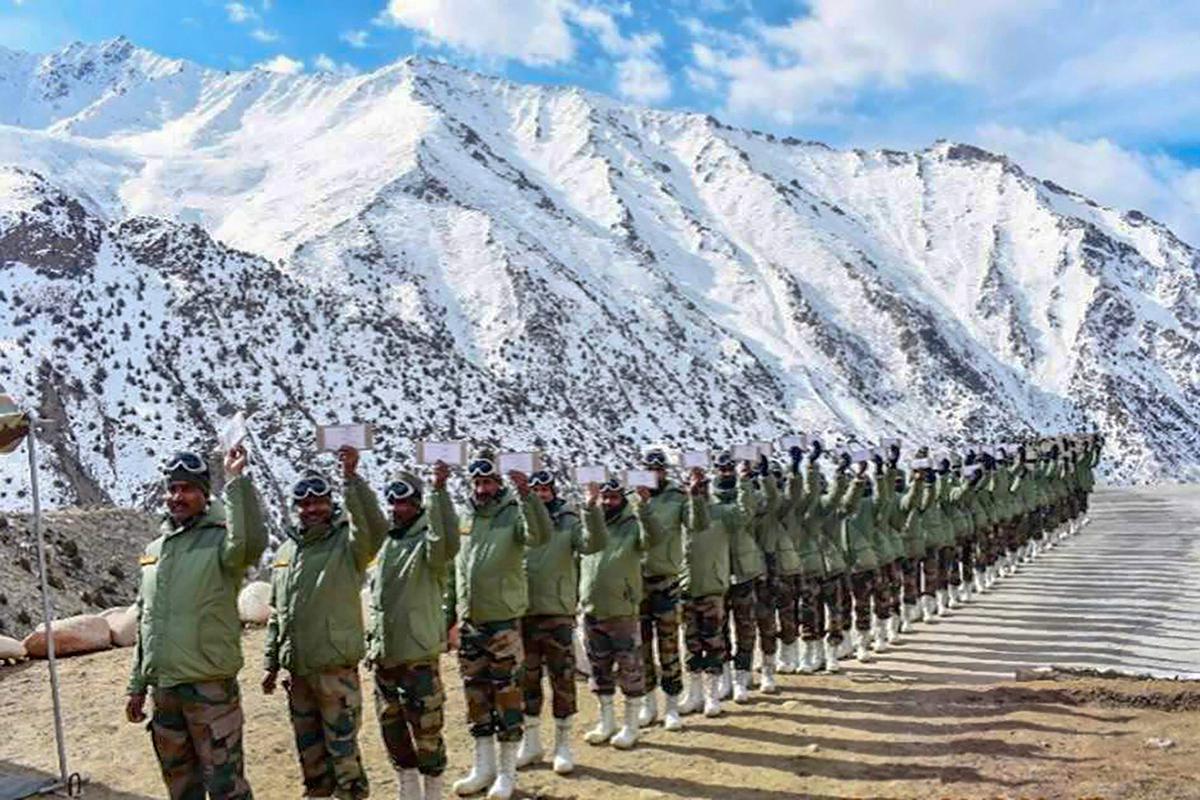July 20, 2023
The Pivotal Role of the First Siachen Survey in India-Pakistan’s Conflict

Source: The Hindu
Unveiling The Forgotten Expedition: The Pivotal Role of the First Siachen Survey in India-Pakistan’s Conflict
Introduction:
- The Siachen Glacier, nestled in the eastern Karakoram range of the Himalayas, has been a hotly contested region between India and Pakistan, resulting in prolonged military presence and loss of life due to harsh weather conditions.
- Amidst this dispute lies a forgotten historical event – the First Siachen Survey led by Indian geologist V.K. Raina in 1958. Despite its immense historical and geostrategic significance, this expedition remains overlooked by scholars and mountaineers.
- This article aims to shed light on the First Siachen Survey, exploring its findings and its impact on subsequent events in the Siachen conflict.
Siachen: A Glacier of Historical and Strategic Importance:
- The Siachen Glacier, the second-longest non-polar glacier in the world, stretches for 76 km and holds both historical and strategic significance. Situated near the Line of Control, it has been a bone of contention between India and Pakistan since 1984, leading to the establishment of the highest battleground on Earth with military outposts above 6,000 m.
The First Siachen Survey:
- In June 1958, V.K. Raina, an Indian geologist, conducted the inaugural Siachen survey under the Geological Survey of India (GSI). The purpose was to study five glaciers in Ladakh as part of GSI’s plan to explore the Himalayan glacier systems. Raina’s team traveled from Calcutta to Siachen by train, bus, and foot, meticulously mapping the glacier’s snout region, establishing reference points, and capturing photographs.
Pakistan’s Surprising Indifference:
- Despite the significance and publicity surrounding the expedition, Pakistan did not raise any objections to India’s presence on the glacier during the survey. This can be attributed to the mutual demarcation agreed upon under the Karachi ceasefire agreement and the absence of perceived threats or intentions of occupation at the time.
Challenging Pakistan’s Claims:
- The 1958 GSI survey holds immense historical importance as it contradicts Pakistan’s early claims to the Siachen glacier. Pakistan’s formal extension of the Line of Control in 1983, staking its claim to the region, came 25 years after India’s survey.
- In response, India preemptively occupied the strategic Saltoro Heights in April 1984, aiming to secure its position on the glacier.
Unveiling the Impact:
- The oversight of the First Siachen Survey has hindered efforts to resolve the conflict and demilitarize the region. Recognition of India’s early presence on the glacier and its exploration efforts could provide crucial historical context for ongoing negotiations.
- Understanding the geostrategic implications of this expedition is vital in comprehending the complexities of the Siachen conflict.
The Conclusion:
- The First Siachen Survey led by V.K. Raina in 1958 is a significant event that has been overlooked in the history of India-Pakistan’s conflict over the Siachen Glacier.
- By acknowledging and understanding the findings of this survey, we can gain valuable insights into the historical and geostrategic complexities that have shaped the ongoing dispute.
This recognition can pave the way for meaningful dialogue and potential resolutions, leading to peace and stability in the region
January 30, 2025
January 20, 2025
January 14, 2025
